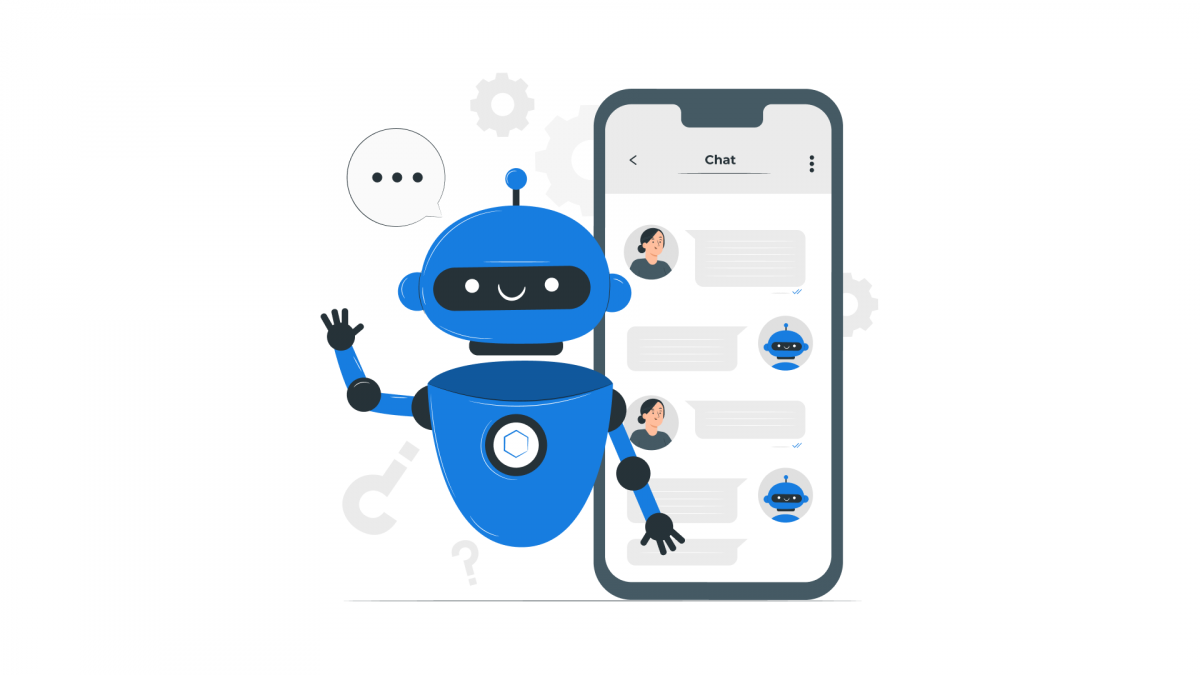How Can Customer Service Chatbots Revolutionise Your Support Operations?

How Can Customer Service Chatbots Revolutionise Your Support Operations?
I. Introduction
In recent years, customer service chatbots have emerged as a popular solution for businesses to handle high volumes of customer inquiries and provide 24/7 support. These chatbots use artificial intelligence and natural language processing to engage with customers in a personalized and efficient manner. As a result, they have become a valuable tool for improving response and resolution times, enhancing customer satisfaction, and scaling support operations.
II. Pain Points in Traditional Customer Support Methods
- Handling high volumes of customer inquiries
- Traditional customer support methods, such as phone and email, can struggle to keep up with high volumes of customer inquiries.
- This can lead to long wait times and frustrated customers.
- With customer service chatbots, businesses can handle a large number of inquiries simultaneously, without the need for human intervention.
- This can significantly improve response times and customer satisfaction.
- Providing 24/7 customer support
- Providing 24/7 customer support can be a challenge for businesses, especially those with limited resources.
- Customer service chatbots can provide round-the-clock support, allowing customers to receive assistance at any time of day or night.
- This can improve customer satisfaction and reduce the workload for human agents.
- Maintaining consistency across multiple support channels
- With traditional customer support methods, it can be difficult to maintain consistency across multiple support channels, such as phone, email, and social media.
- Customer service chatbots can provide a consistent experience across all channels, ensuring that customers receive the same level of service and support, regardless of the platform they are using.
- Personalization and efficiency in customer interactions
- Most traditional customer support channels are not specifically tailored to individual customers’ preferences and past interactions.
- This lack of personalization can lead to less efficient service and decreased customer satisfaction.
- However, chatbots can leverage customer data to deliver more personalized experiences, enhancing efficiency in customer interactions.
III. Benefits and Advantages of Customer Service Chatbots
- Improving response and resolution times
- With customer service chatbots, businesses can handle a large volume of customer inquiries simultaneously, without the need for human intervention.
- This can significantly improve response times and resolution times, leading to higher customer satisfaction.
- Enhancing customer satisfaction
- Customer service chatbots can provide personalized and efficient support to customers, leading to higher satisfaction levels.
- Chatbots can also provide round-the-clock support, which can further improve customer satisfaction.
- Scaling support operations effectively
- Customer service chatbots can handle a large volume of customer inquiries simultaneously, without the need for human intervention.
- This can help businesses scale their support operations effectively, without the need for additional human resources.
- Cost savings through automation
- By automating routine support inquiries, businesses can reduce their reliance on human agents, leading to cost savings.
- Chatbots can also handle a large volume of customer inquiries simultaneously, further reducing costs.
IV. Best Practices for Implementing Customer Service Chatbots
A. Choosing the right chatbot solution for your needs
- Start by identifying your specific business needs and the issues you aim to solve with a chatbot.
- Review different chatbot solutions available and choose one that best aligns with your objectives.
- Make sure the chatbot has the right combination of capabilities — like understanding customer intent, integration with other customer support systems, and reliable performance.
B. Designing chatbot conversations for optimal user experience
- Ensure your chatbot’s conversation flow is natural, intuitive, and user-friendly.
- Avoid complex jargon and keep responses concise.
- Use visual aids when necessary and ensure the bot provides users with options to reach a human agent for complex queries.
C. Training and continuous improvement of chatbot responses
- Like any AI-based system, your chatbot should be trained regularly with updated information to improve its understanding and responses.
- Regularly review the bot’s performance metrics and user feedback to identify areas for improvement.
D. Integrating chatbots with existing support systems
- Your chatbot’s effectiveness rests on seamless integration with existing customer support systems.
- This ensures it can leverage previously collected data and provide more accurate and personalized responses.
V. Overcoming Challenges and Mitigating Risks
A. Addressing concerns about chatbots replacing human agents
- One common concern with implementing chatbots is the fear that they will replace human agents entirely.
- To address this concern, businesses can emphasize that chatbots are meant to assist and complement human agents, not replace them.
- Customer inquiries that require complex problem-solving or human empathy can be escalated to human agents, ensuring that customers always receive the support they need.
B. Ensuring data privacy and security in chatbot interactions
- As chatbots interact with customers, it is crucial to prioritize data privacy and security.
- Implementing robust security measures and complying with data protection regulations can help mitigate risks.
- Encrypting chatbot interactions, securing customer data, and providing clear privacy policies can build trust and ensure that customer information is protected.
C. Handling complex queries beyond the chatbot’s capabilities
- While chatbots excel at handling routine inquiries, they may encounter queries beyond their capabilities.
- To address this, businesses can ensure that chatbots are programmed to recognize and redirect complex inquiries to human agents.
- By seamlessly transitioning between chatbots and human agents, businesses can provide a consistent and satisfactory customer support experience.
VI. Future Trends and Innovations in Customer Service Chatbots
A. Integration with AI and machine learning technologies
- The integration of customer service chatbots with AI and machine learning technologies will enable them to become more intelligent and sophisticated over time.
- Chatbots powered by AI can learn from customer interactions, improve their responses, and offer more personalized support.
- This integration will further enhance the customer experience and streamline support operations.
B. Voice-based chatbots and natural language processing advancements
- Voice-based chatbots are emerging as an innovative trend in customer service.
- Advancements in natural language processing technology allow chatbots to understand and respond to customer voice commands more accurately.
- Voice-based chatbots provide a hands-free and convenient support experience, catering to customers who prefer voice interaction over typing.
C. Personalization and context-awareness in chatbot interactions
- Future customer service chatbots will be more adept at personalization and context-awareness.
- With access to customer data and machine learning capabilities, chatbots can offer tailored and relevant recommendations, anticipate customer needs, and engage in more natural and meaningful conversations.
- This level of personalization will enhance the customer experience and foster stronger customer relationships.
VII. Conclusion
Customer service chatbots have become an increasingly valuable tool for businesses to handle high volumes of customer inquiries and provide efficient and personalized support. By implementing best practices and continuously improving their chatbot solutions, businesses can reap the benefits of improved response times, enhanced customer satisfaction, and cost savings through automation.










